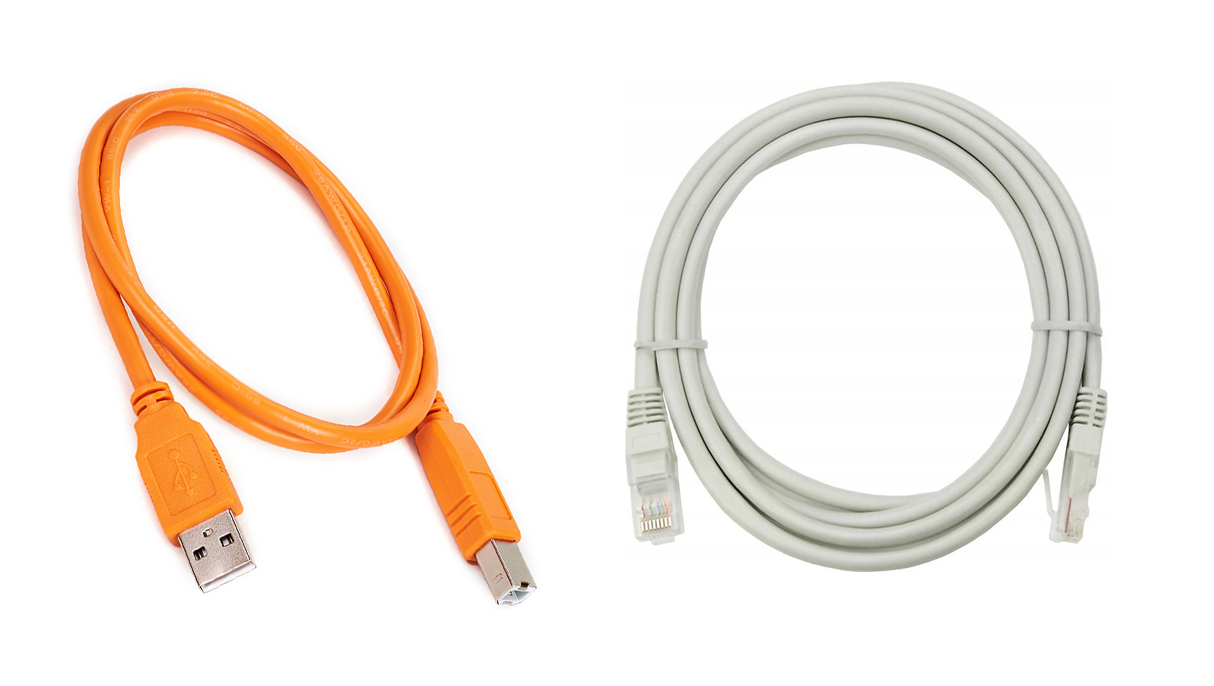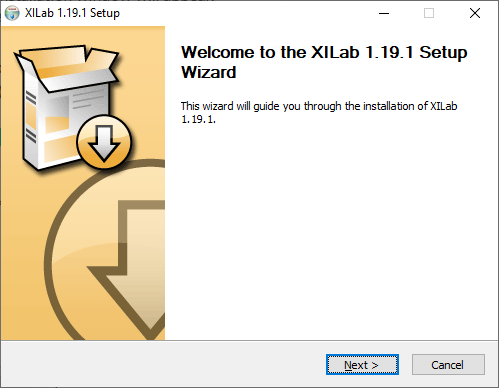3.1. Overview and getting started¶
Attention
This manual is universal for both uniaxial and biaxial 8smc5 controllers
Video of a quick start with the controller connected via USB (for windows)
Video of a quick start with the controller connected via 8Eth1 adapter (for windows)
3.1.1. Introduction¶
This manual describes the controller installation procedures and getting started with XILab software for Windows. The installation on other operating systems is described in XILab installation chapter. The detailed controller specifications are described in Specifications chapter. For developing your own applications, please read the Programming guide chapter and download the programming software package from the software chapter.
3.1.2. Requirements¶
For successful installation you will need:
PC with USB/Ethernet port
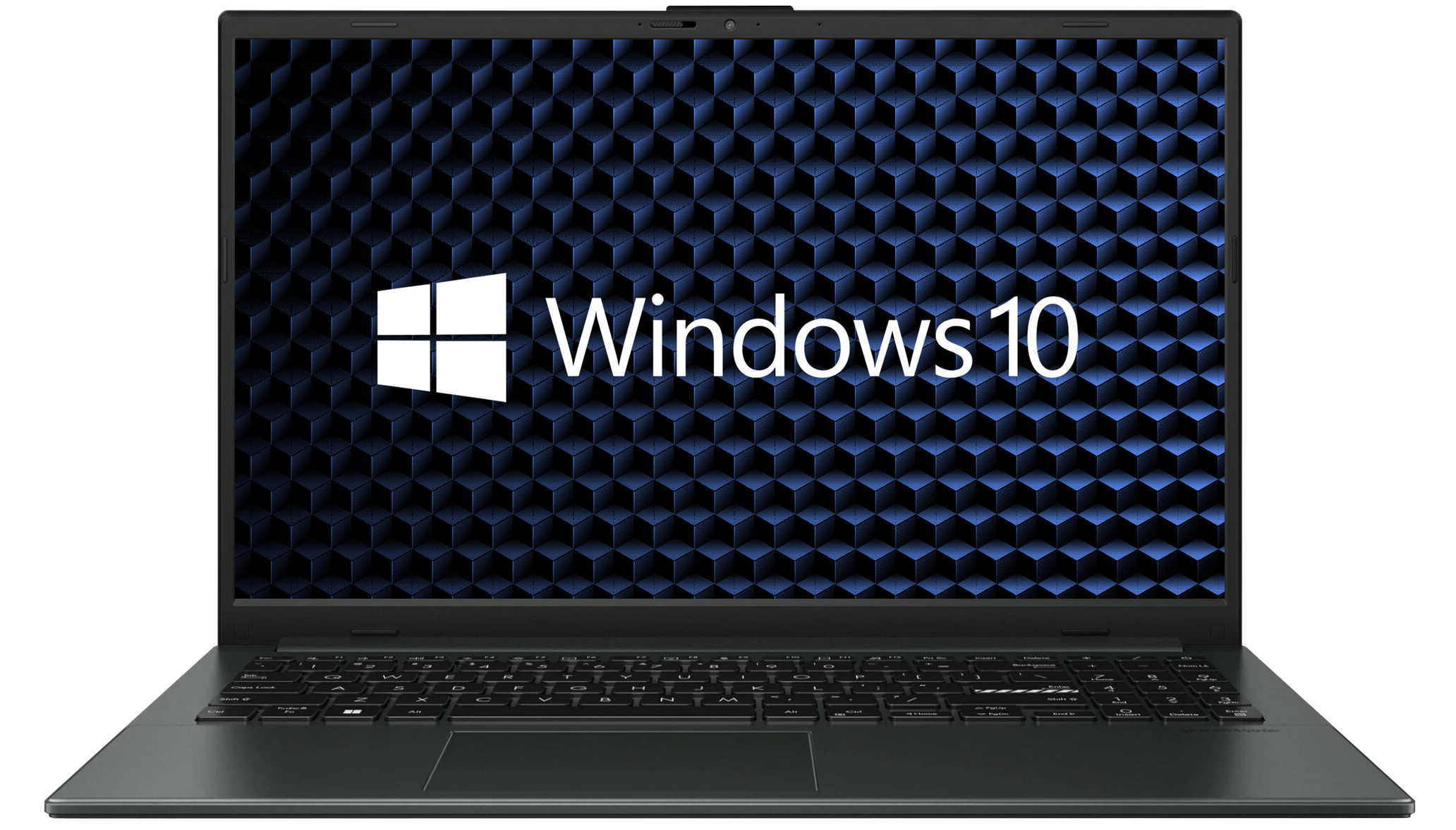
Software. All necessary software to work with the controller can be downloaded from software page.
USB or Ethernet cable
8SMC5 controller. In the case or not, with Ethernet or not - it doesn’t matter.
Stage or motor
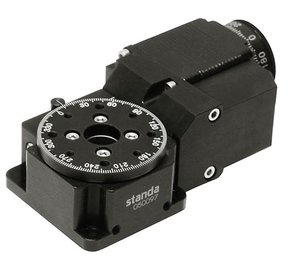
The stepper motor-based stage
The stepper motor-based stage used in the operations is shown at the figure. The detailed motor requirements are described in Specifications chapter. If you use your own cables for connecting the stage to the controller, please refer to stage connection scheme and the controller’s output connector scheme. For stages with limited movement range, limit switches must be used. These pins are used to determine the movement limits.
Power supply
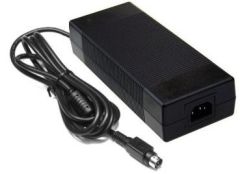
Please use the 12-36V DC stabilized power supply. For more information please read the Safety instructions chapter.
If controller is supplied inside the metal case, the case must be grounded. If controller is supplied without any body, the grounding circuit of power supply unit is used. For more information please read the Safety instructions chapter.
If the board is operated without the casing, make sure it lays on the insulating surface.
3.1.3. Software installation and startup procedures¶
You can download the software here. The installer
file name is “xilab-<version_name>.exe”. It automatically detects whether it is
running on 32-bit or 64-bit version of Windows and installs the
appropriate version of XILab.
Launch the installation program, the
installation window will appear. (The software versions may slightly
differ from each other).
Press “Next>” button and follow the instructions on screen. All the necessary software including all drivers, packages and programs will be installed automatically. After installation is finished, the XILab software starts by default and the following window will open:
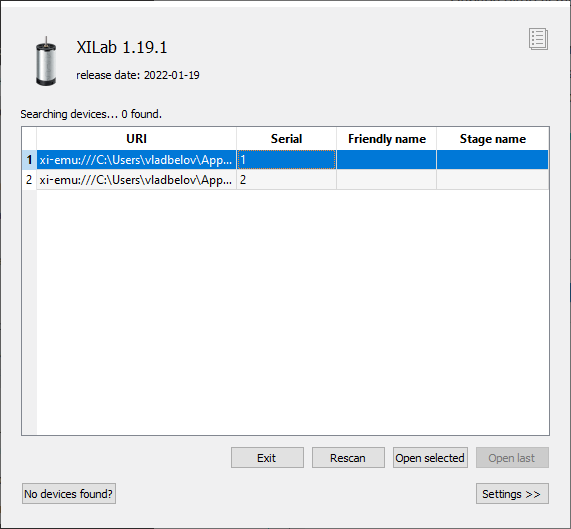
XILab “Virtual controllers found” dialogue window
Connect the stage to the controller. Connect the stabilized power supply unit to the controller. Ground the controller or power supply unit. Connect the controller to your PC using the USB or Ethernet cable. The LED indicator at the controller board will start flashing.
If controller connected via USB, the “New Hardware Wizard” starts working after the first connection of the controller to PC. Please wait until Windows detects a new device and installs all necessary drivers for it.
If the automatic driver installation has failed, please select “No, not this time” in the window being opened and press “Next>” button. Select “Install from a list or specific location (Advanced)” in the next window and press “Next>” again. Browse the software disk supplied with controller and find the `*.inf` file there or in the XILab-install-path\driver\ folder and wait until installation is completed.
Go back to XILab “Virtual controllers found” dialog window and press “Rescan” button. If this window was closed, please reopen XILab software. The dialog window will open again.
If you use an Ethernet connection, in the XILab start window, click “Settings >>” and enable the “Enumerate network devices” flag. Click the “Rescan” button. Wait for the end of the controller search in the network. Usually the controller is detected automatically, but if this did not happen:
- Check that a DHCP server is running on your network. A simple DHCP server that satisfies all requirements, you can download here.
- Use revealer, to find out the IP address issued to the controller. Open the controller in your web browser. If necessary, change the network settings.
- In the XILab start window, click “Settings >>”, select the connection protocol, enter the IP address of your controller in the “IP/Host[:port]” field.
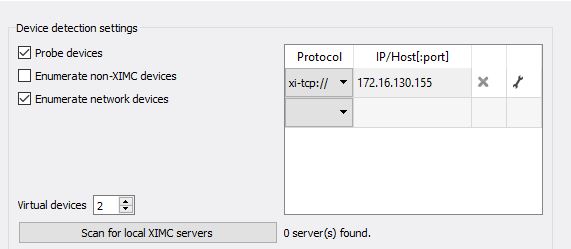
3.1.4. Getting started with XILab software¶
XILab is a user-friendly graphic interface designed for control, diagnostics and adjustment of motors. It can also be used for easy installation and save/restore of parameters for any type of motors. This chapter describes the startup procedures with XILab software. For complete information please refer to XILab application User’s guide chapter.

XILab main window
Open “Settings…”, then press “Load setting from file…” and select the configuration file for your stage from the opened C:\Program Files\XILab\profiles\ folder. The values applicable for your stage will automatically fill all the fields of “Settings…” menu. If the required file isn’t found, please leave your request on our technical support website.

XILab, the Settings menu window
Warning
For the controller to work with motors it is required to properly set up:
- working current;
- displacement limits and limit switches;
- critical parameters;
- limiters;
- power supply mode.
If you decide to configure your controller by yourself, please check these parameters carefully!
Your controller is ready to work!
3.1.5. Functional test¶
Check if the controller is configured properly by pressing left or right button in the central row of XILab main window control buttons. The stage has to start moving. Use the central “soft stop” button to stop the rotation.

Please pay attention to the power supply parameters of the controller in the Power section. There you can see the power voltage, working current and temperature of the controller.

If XIlab main window is shaded red when the movement was supposed to start, that means that protection was activated and controller entered the ALARM state. This may be caused by incorrect settings, wrong connection of the stage or controller malfunction. For detailed information please read the Critical parameters chapter.
3.1.6. Control from user applications¶
For convenient control of the 8SMC5 controller, you can use the XIlab software. However, if you need to control the 8SMC5 controller from your own application, you may do so by using libximc library. Programming guide has several examples in C, C# and VB.net, Python (including Jupyter Notebook), Delphi, LabView, Matlab, LabWindows, Java. If all you need is to automate a small number of control steps, then instead of a standalone program you may find it easier to use XIlab scripting language.
